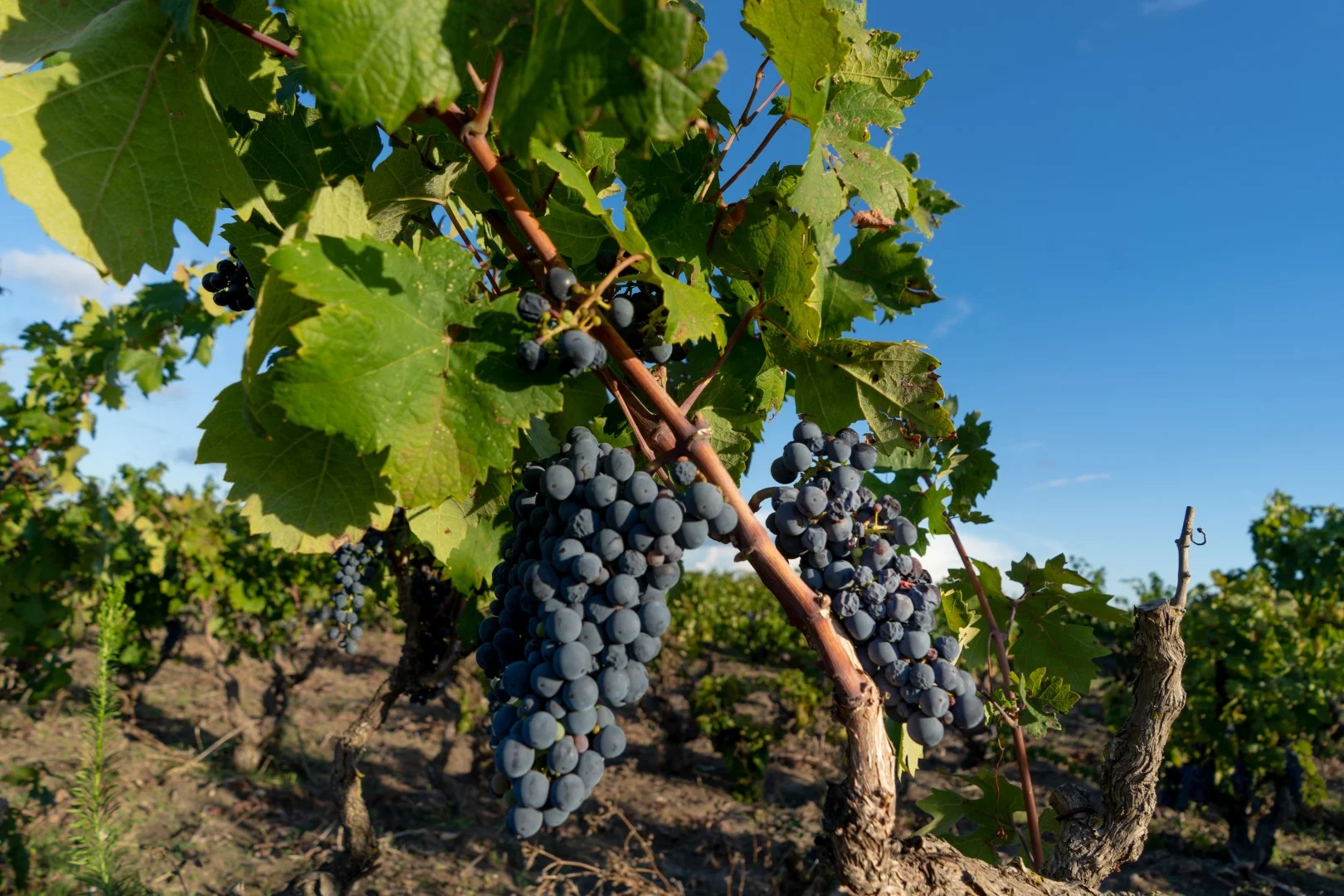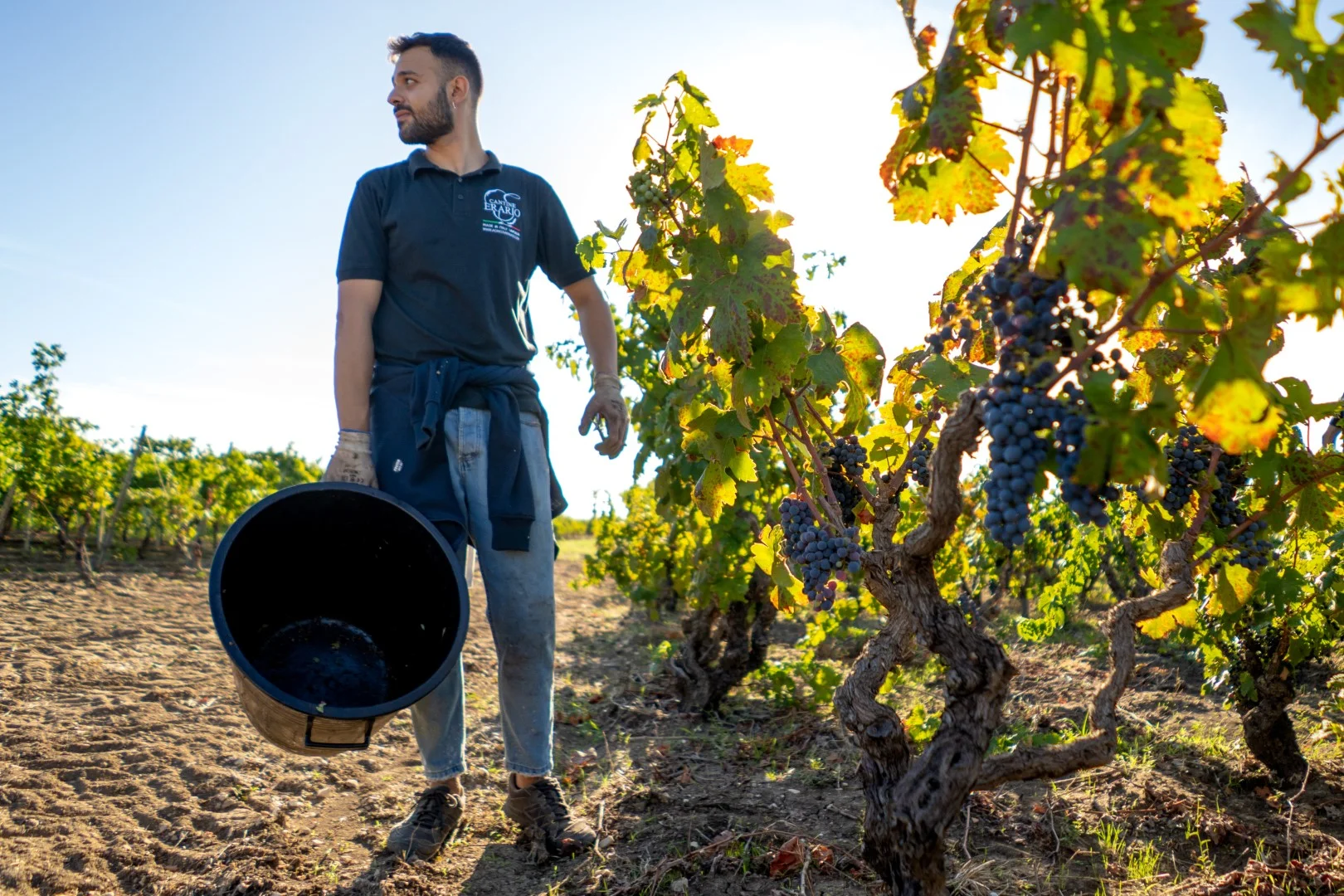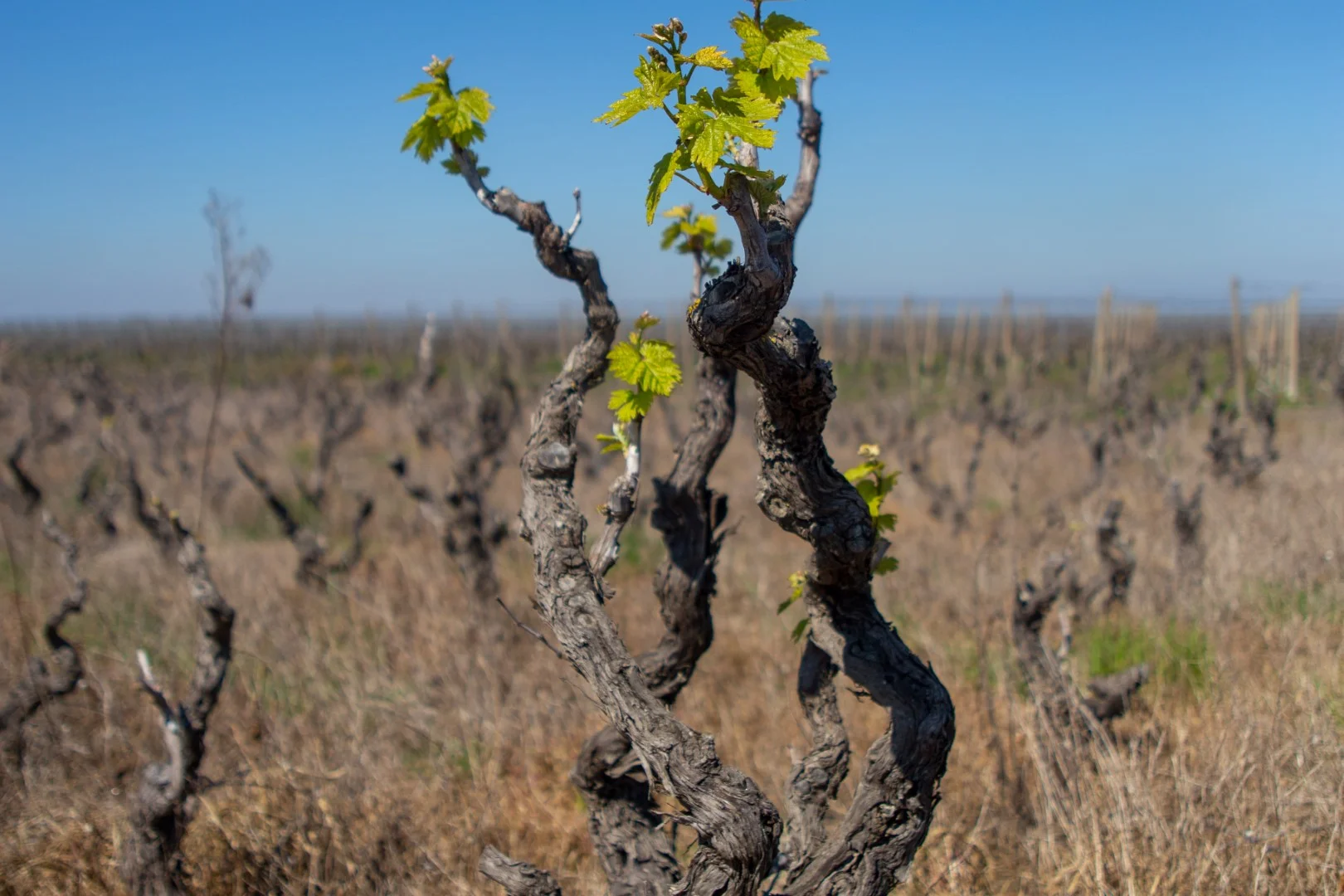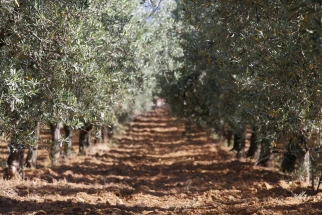-(groot)(1).png&resolution=720x0&quality=95)
The art of traditional grape cultivation
The Alberello method
The process of winemaking is full of choices for the winemaker. We have discussed some of these choices in our blog on the difference between red and white wine. The one thing that often seems universal is the way the grapes are cultivated. Everywhere in the world you can find grapevines trained along wires or trellises in long rows, making wineries the most beautiful farms in the world. The Alberello method stands out as a time-honored approach that goes back to the roots of viticulture. Derived from the Italian word for "small tree", Alberello is a unique and ancient cultivation technique. This method, characterized by its meticulous attention to detail and respect for the natural environment, has been passed down through generations, shaping the distinct character of wines produced using this technique.
History and Origins of Alberello
The Alberello method has its origins in southern Italy, particularly in the regions of Puglia and Calabria. Historically, local winemakers developed this method as a response to the challenging environmental conditions of the Mediterranean climate. By training grapevines into a small, bush-like shape, they could optimize sunlight exposure, enhance air circulation, and make the most of limited water resources, creating robust vines capable of producing quality grapes.


So what is Alberello?
Unlike traditional vineyard systems where vines are trained along wires or trellises, the Alberello method involves pruning the vines to encourage a compact, rounded structure resembling a small tree. This unique approach enables a canopy of leaves, protecting the delicate grapes from direct sunlight, crucial for ripening grapes. It also boosts air circulation between the grapevines, reducing the risk of diseases.
Cultivation
The pruning of grapevines in the Alberello method is an intricate process that requires skilled hands. Typically, the vines are pruned to have a central trunk with short lateral branches, resembling a small, bushy tree. This meticulous pruning serves several purposes, including limiting the yield per vine, concentrating the flavors in the grapes, and ensuring that each bunch of grapes receives optimal sunlight. A downside of Alberello cultivation is that it is impossible to automate the harvest. The unpredictable shape of the three-dimensional small grape tree does not allow for harvest machines to do the job. All Alberello cultivated grapes are picked by hand.

The great advantages of Alberello
- Sunlight Exposure: The compact, bush-like shape of Alberello vines optimizes sunlight exposure to every grape cluster, promoting even ripening and flavor development. All sides of the cluster can recieve sunlight and on the hottest moments of the day, the leaves protect the grapes from "frying".
- Improved Air Circulation: The open structure of the Alberello method reduces the risk of fungal diseases by allowing better air circulation through the vine, preventing moisture buildup.
- Sustainable Farming Practices: The Alberello method aligns with sustainable farming practices, as it requires minimal intervention and allows for natural processes to shape the vineyard ecosystem.
- High-Quality Grapes: The careful pruning and training of vines in the Alberello method result in lower yields per vine, but the grapes produced are of exceptional quality, with concentrated flavors and balanced acidity.
- Age-old vines: The Alberello method allows for great longevity of the plants, far beyond those of regular trained vines. Due to the resistance to desease and fungus and because vines are allowed to grow freely into the air, Alberello plants can reach ages of over 100 years old. Older plants typically yield higher quality grapes as the plants have adapted more to the local climate and their surrounding environment than their younger counterparts. Also, these older plants usually have a lower yield contributing to a higher concentration of fruit flavor and complexity to a wine.
So why isn't everyone Alberello'ing??
While the Alberello method holds a rich history and imparts unique qualities to wines, it is not universally adopted by all winemakers. Several factors contribute to its limited use in the global viticultural landscape. One of the primary reasons is the labor-intensive nature of the pruning process. The meticulous care required to shape each vine into the characteristic bush-like form demands considerable time and skilled labor, making it less practical for large-scale commercial vineyards. The same goes for harvesting. Alberello harvesting needs to be done manually as there are no automated machines for this type of cultivation on the market today.
Additionally, the lower yields per vine, while producing high-quality grapes, may not be economically viable for wineries aiming for higher production volumes. The Alberello method's suitability is often dependent on specific grape varieties, terroir conditions, and the winemaker's commitment to a more traditional, hands-on approach. As the wine industry evolves and embraces diverse practices, the Alberello method remains a niche technique cherished by those who prioritize quality over quantity and value the artistry of winemaking.
Try it with Mezzogiorno!
Nestled in the heart of the Primitivo-region of Manduria, Cantine Erario uses the Alberello method to produce exceptional Primitivo wines. Here, the vineyards tell a story of tradition, with very old (80 years ) Alberello trees bearing witness to years gone by. These gnarled, low-set vines, shaped into small bush-like forms, embody the essence of the Alberello technique, meticulously tended to by generations of skilled hands. Cantine Erario's commitment to preserving this method shines through in every bottle, resulting in Primitivo wines that boast a rare and distinctive character. The combination of the unique terroir of Manduria and these old Alberello trees imparts a depth and complexity to the wines, making each sip a journey through the rich history and flavors of this corner of Puglia.


.jpg?resolution=1024x340&type=webp&quality=90)
.png?resolution=322x0&quality=90&type=webp&background=FFFFFFFF&force_jpg_crop=1)
.jpg?resolution=322x0&quality=90&type=webp&background=FFFFFFFF&force_jpg_crop=1)
